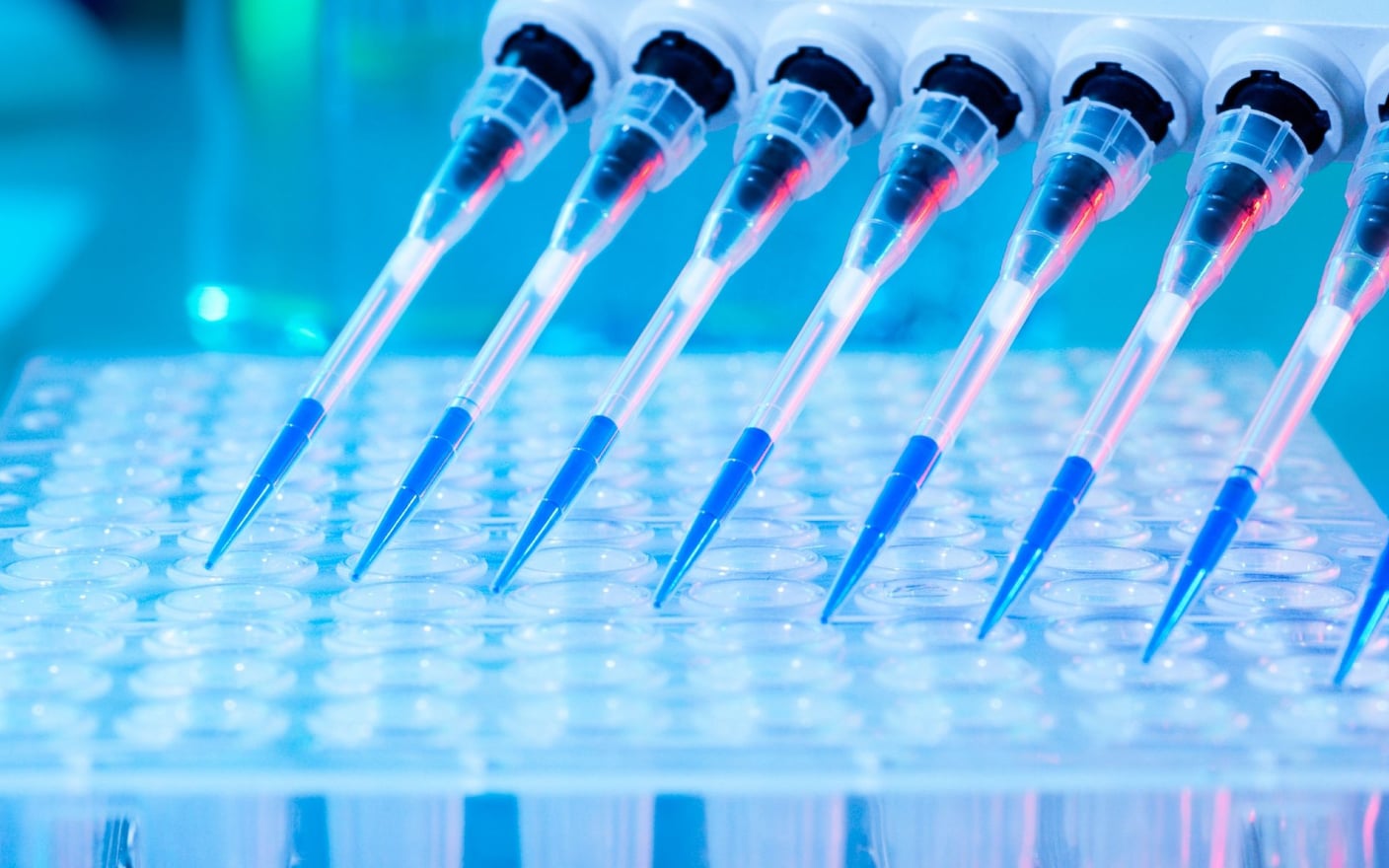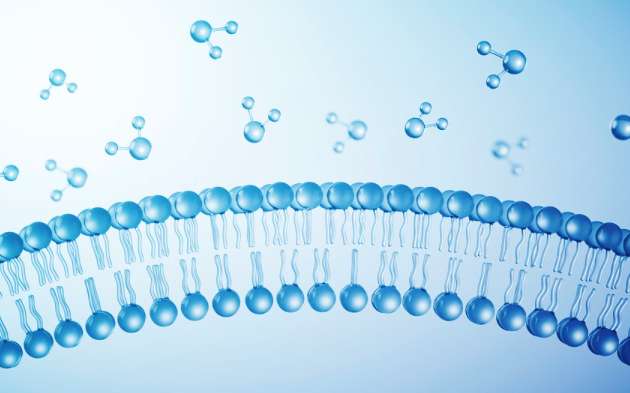Since the approval of the first antibody-drug conjugate (ADC) drug in 2011, ADC therapeutics have emerged as a promising drug modality. However, due to their novelty and complexity, ADCs pose more technical challenges and unknown consequences for drug developers compared to many conventional drugs. Therefore, ADCs require in vitro metabolism evaluation systems that differ from traditional testing methods.
On May 31, 2023, Dr. Guoxiang Huang from the DMPK Service Department of WuXi AppTec delivered a comprehensive webinar during the AAPS (American Association of Pharmaceutical Scientists) eTalk, which shares our strategies for tackling these metabolism challenges and accelerating ADC drug development. Specifically, this webinar focuses on overcoming the challenges of ADC development associated with in vitro systems, Liquid Chromatography–High-Resolution Mass Spectrometry(LC-HRMS)methods, and the release and payload metabolism. By addressing these challenges, we hope to facilitate the efficient and safe development of ADC therapeutics. This blog compiled some frequently asked questions to reflect the audience's engagement and support during the webinar.

Q1. Do you carry out tandem mass spectrometry (MS/MS) on the metabolites released from the antibody-drug conjugates (ADCs)?
A: Yes, MS2 (MS/MS) on the metabolites released from the ADC, to identify metabolite structures based on the m/z value of their own individual MS2 fragments.
Q2. In the first case study, multiple metabolites were observed in paired peaks for themselves and their isomers, such as lys-MCC-DM1 with the retention time at 8.31 min and 8.46 min? could you tell me how they formed?
A: The isomers were for real, and also reported results in ado-trastuzumab (TDM1) studies from literature. We hypothesized the paired isomers are the diastereoisomers formed when conjugation of the antibody to the linker MCC, in which the connecting of the lysine in the antibody connecting to the maleinimide ring in linker MCC has generated a new chiral center that will form the corresponding diastereoisomers for MCC-DM1 because of the presence of the optically active stereoisomer, the DM1.
Q3. How do you determine the specific amino acids that are attached to the drug molecules / in the metabolites?
A: As shown in the case studies, the full MS and MS2 data will help identify the amino acid residues attached to the drug molecules / in the metabolites, the MS2 data of the relevant fragments will be and can only be derived from corresponding relevant amino acids and/or their residues.
Q4. Could you comment on how the metabolites are annotated in the non-targeted? Do you use any specific software to assist with annotation, or is it primarily a manual process?
A: The metabolites are annotated in the non-targeted based on their amino acid (AA) residues contained, which can be identified based on both the full MS data and MS2 data. And they are mostly done manually, and Xcalibur and its background subtract function were used to assist with identifying metabolite.
Q5. Could you explain the reasons why rodent PK (Pharmacokinetics) or animal PK studies are necessary for cytotoxic drugs?
A: The pilot studies and the nature of the payload will determine what additional studies, if any, are appropriate with the payload or payload with the linker.
-
If the toxicity of the payload or payload with a linker has been characterized (e.g., through pilot studies), a GLP study of the payload or payload with a linker may not be warranted or could be further abbreviated.
-
If the toxicity of the payload or payload with linker has not been characterized, the payload or payload with linker could be evaluated in one species as a stand-alone study or could be added as an arm into toxicology studies of the ADC. See also note 2 of ICH S6 (R1).
For more details, please click here to watch the webinar recording. If you have any other questions, please feel free to talk to a WuXi AppTec expert or send an email to DMPK_Service@wuxiapptec.com.
Committed to accelerating drug discovery and development, we offer a full range of discovery screening, preclinical development, clinical drug metabolism, and pharmacokinetic (DMPK) platforms and services. With research facilities in the United States (New Jersey) and China (Shanghai, Suzhou, Nanjing, and Nantong), 1,000+ scientists, and over fifteen years of experience in Investigational New Drug (IND) application, our DMPK team at WuXi AppTec are serving 1,500+ global clients, and have successfully supported 1,200+ IND applications.
Related Services and Platforms




-

 In Vitro ADME ServicesLearn More
In Vitro ADME ServicesLearn More -

 Novel Drug Modalities DMPK Enabling PlatformsLearn More
Novel Drug Modalities DMPK Enabling PlatformsLearn More -

 Physicochemical Property StudyLearn More
Physicochemical Property StudyLearn More -

 Permeability and Transporter StudyLearn More
Permeability and Transporter StudyLearn More -

 Drug Distribution and Protein Binding StudiesLearn More
Drug Distribution and Protein Binding StudiesLearn More -

 Metabolic Stability StudyLearn More
Metabolic Stability StudyLearn More -

 Drug Interactions StudyLearn More
Drug Interactions StudyLearn More -

 PROTAC DMPK ServicesLearn More
PROTAC DMPK ServicesLearn More -

 ADC DMPK ServicesLearn More
ADC DMPK ServicesLearn More -

 Oligo DMPK ServicesLearn More
Oligo DMPK ServicesLearn More -

 PDC DMPK ServicesLearn More
PDC DMPK ServicesLearn More -

 Peptide DMPK ServicesLearn More
Peptide DMPK ServicesLearn More -

 mRNA DMPK ServicesLearn More
mRNA DMPK ServicesLearn More -

 Covalent Drugs DMPK ServicesLearn More
Covalent Drugs DMPK ServicesLearn More
Stay Connected
Keep up with the latest news and insights.

















